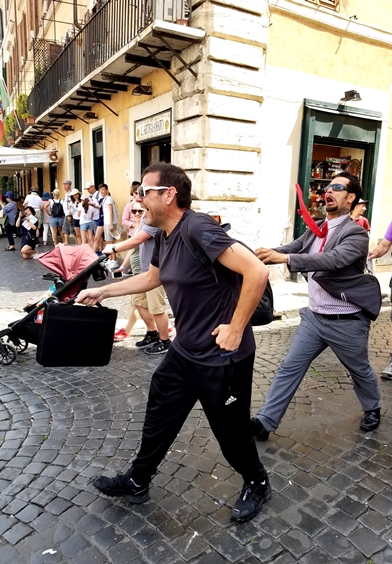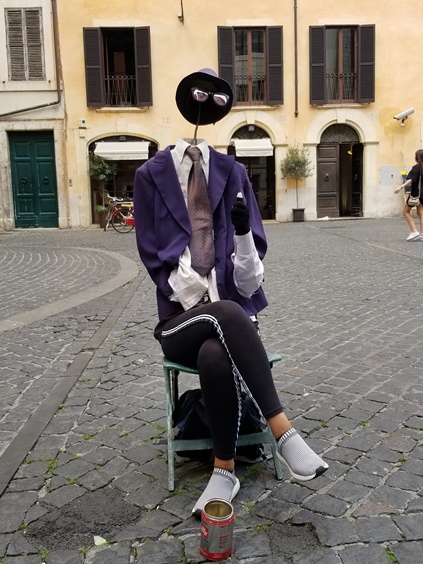A Walk Through Rome
The shimmering white, marble Monument of Victor Emmanuel II situated between Capitol Hill
and Piazza Venezia, boasts columns, grand stairways, and a commanding bronze statue of the king on horseback. The monument is an imposing structure, which one can glimpse from many of Rome’s neighborhoods; its sheer whiteness stands out in contrast to the surrounding terra-cotta colored buildings, as do the bronze statues atop the monument of horses pulling chariots steered by winged charioteers.
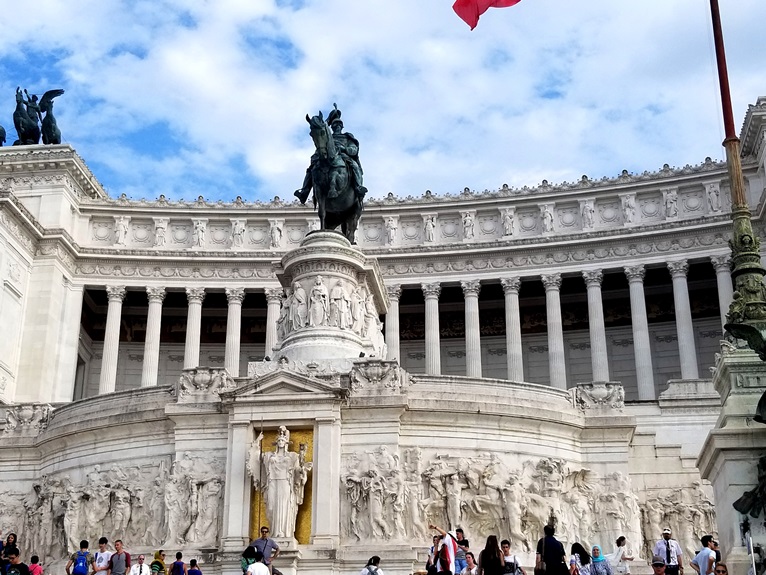
Built in 85AD, Piazza Navona was once a stadium where Greek games were held. Today the Piazza is famous for its size and the beauty of its fountains – Fontana del Nettuno and Fontana del Moro – created by Giacomo della Porta, and the powerful sculptures of the Fontana dei Quattro Fiumi – designed by Bernini which forms the centerpiece of the piazza. Piazza Navona comes alive at night with street performers, artists, musicians and restaurants spilling over with diners.
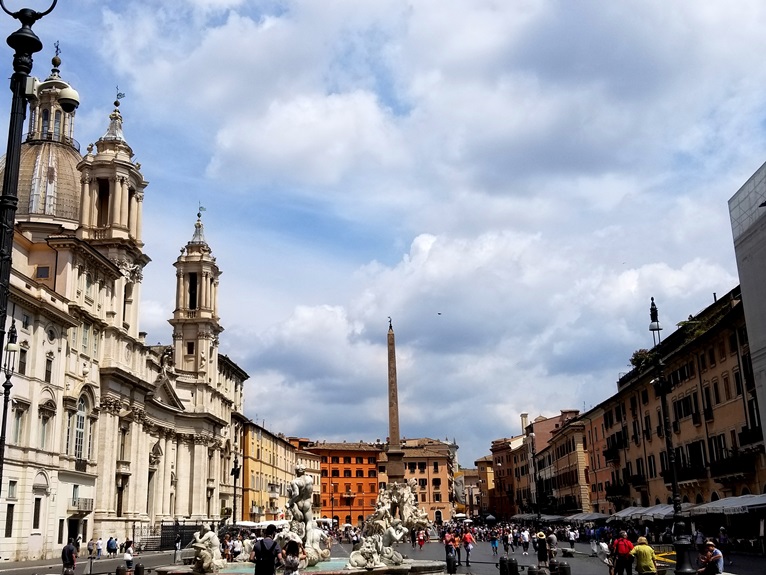
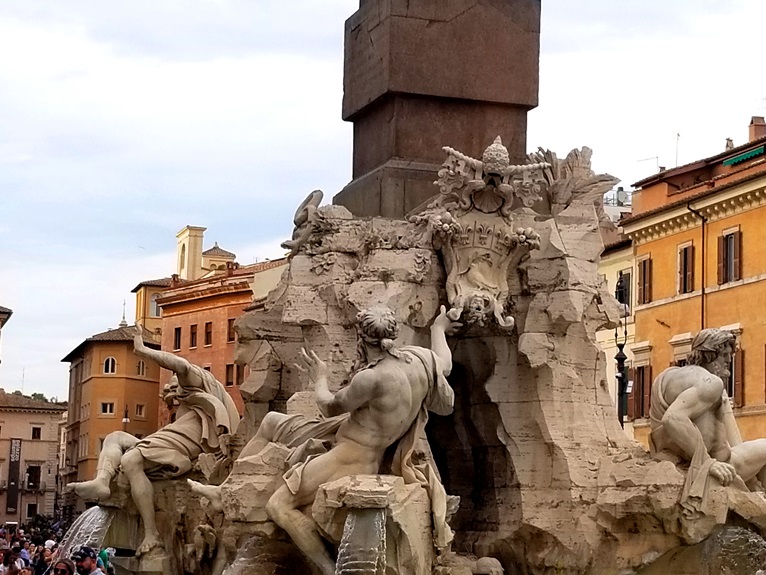
Piazza dei Fiori – is a delightful and more intimate piazza just a ten minute walk from Piazza Navona. By day it hosts a lively, colorful market where locals do their shopping and tourists browse the stalls. At night it has a laid back atmosphere. Children play in the square, while diners fill the eateries surrounding the square to enjoy good food, wine, and animated conversation.
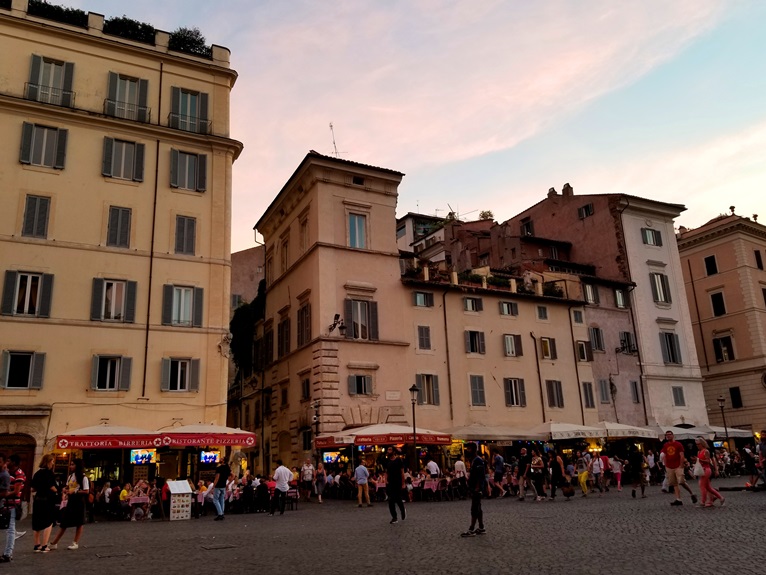
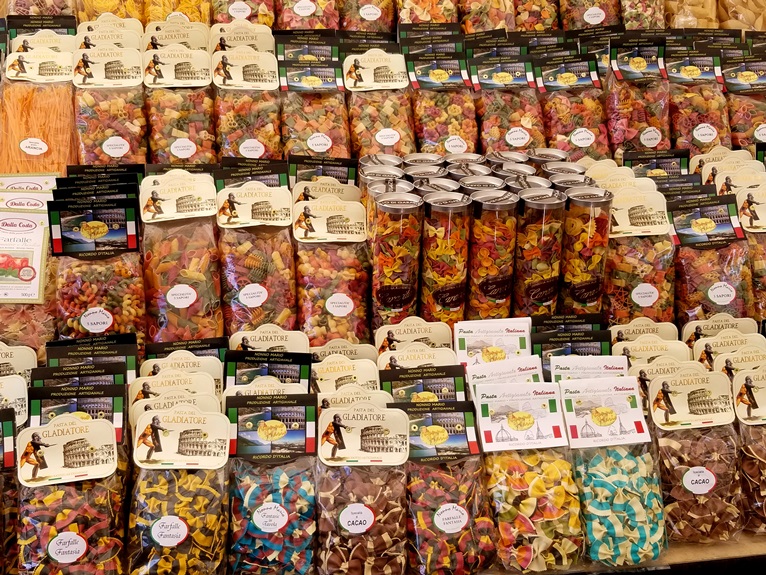
The Colosseum defines Rome in the way that the Eiffel Tower defines Paris or the canals define Venice. This iconic, engineering marvel that was commissioned by Emperor Vespasian in around 72 AD has been drawing hordes of visitors since it opened in 80 AD. Romans flocked to the amphitheater to watch gladiators in combat; men pitted against beasts (lions, bears, and alligators); chariot races and plays. After 400 years it fell into disrepair. Today it is estimated that over four million tourists visit the Colosseum every year.
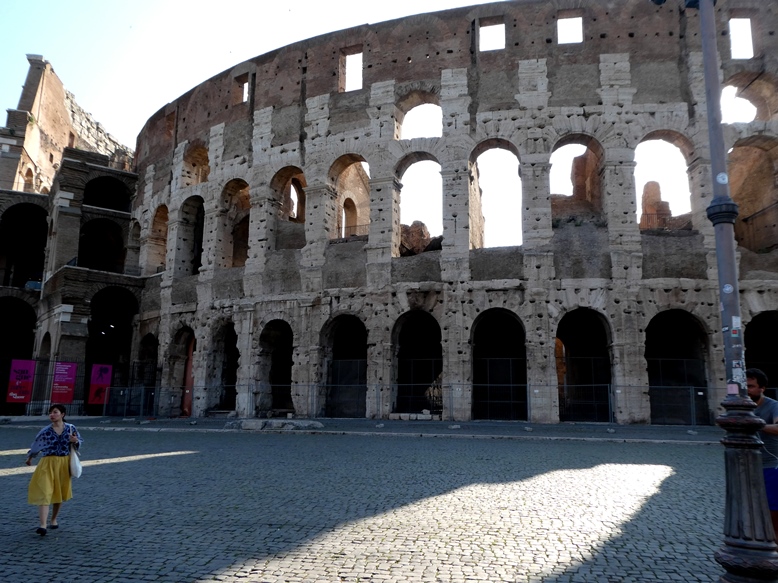
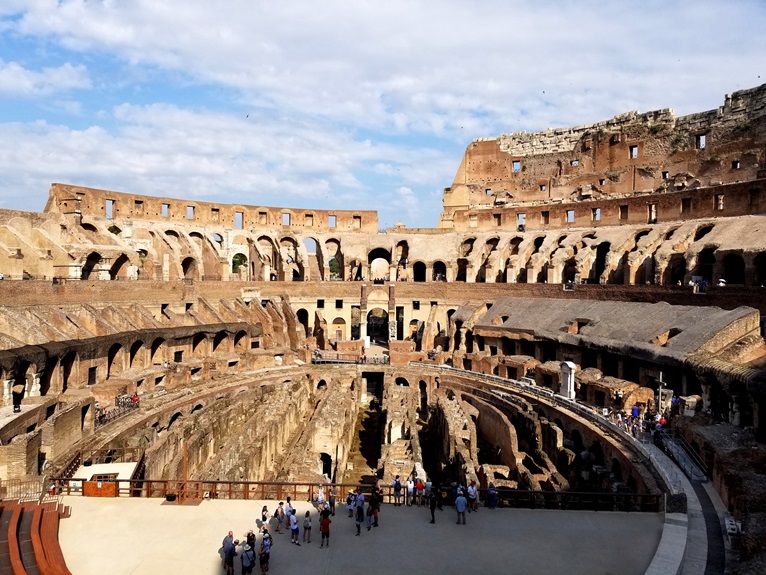
The Arch of Constantine is a triumphal arch covered in sculptures which date from different periods in Roman history. They were brought to the arch from other monuments by Emperor Constantine to decorate his triumphal arch just steps away from the Colosseum.
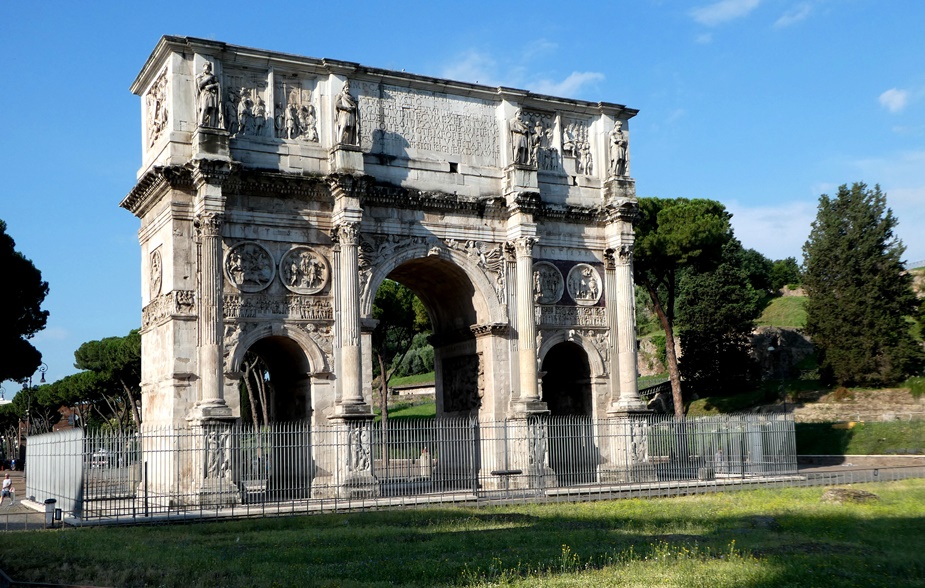
The Arch of Titus – leads one from La Via Sacra (The Holy Way) into the Forum, which was the dynamic heart and soul of Rome for over a thousand years. Note the detailed bas reliefs on the inner walls of the arch: Most notably, those depicting Roman soldiers carrying the spoils from the temple in Jerusalem into Rome.
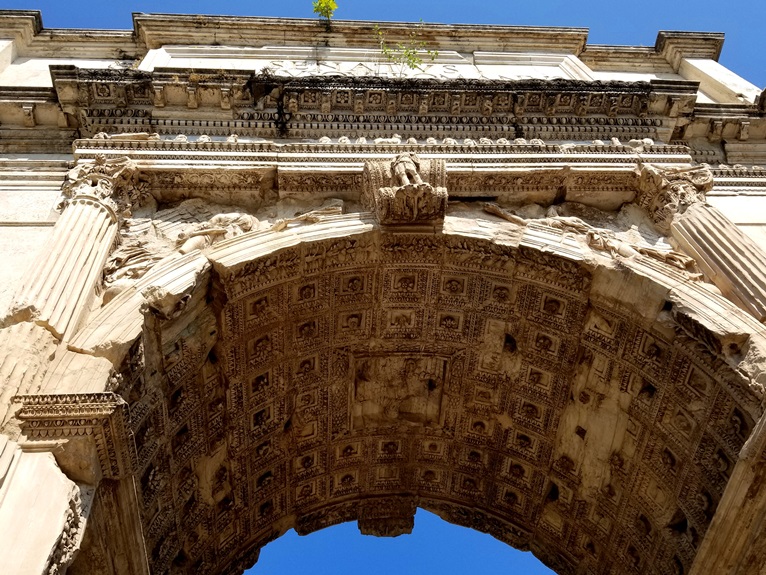
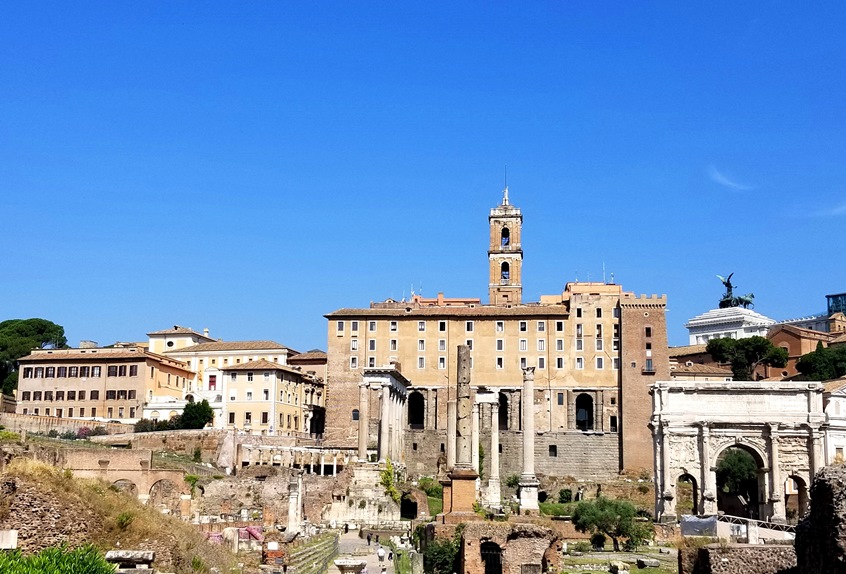
The Vatican Swiss Guards are famous for their couture outfits reminiscent of the Renaissance. In shades of blue, bright yellow, and red, they look as though they stepped out of the pages of a high-end fashion magazine.
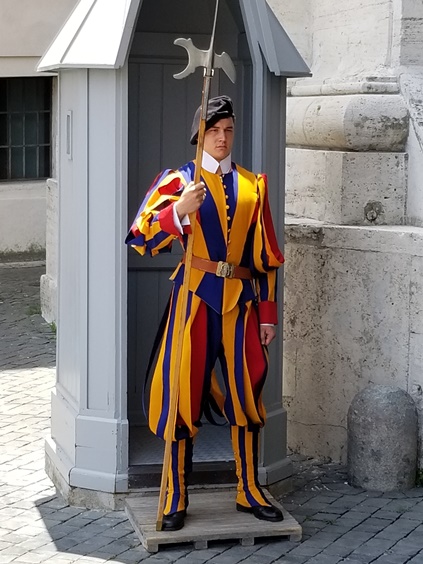
When visiting the Vatican Museum don’t miss the spectacular, ultra-modern, dramatic, Spiral Staircase.
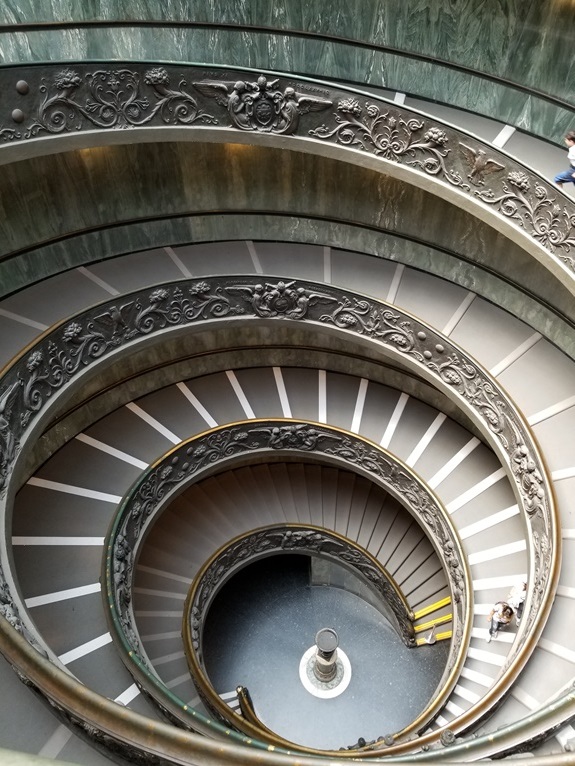
The Vatican Gallery of Maps – is well worth a visit. Forty, 16th Century frescoes of maps representing the regions of Italy, adorn the walls of the immense hall. The long ceiling covered in artwork is attributed to the artist Girolamo Muziano, who intertwined paintings related to Christianity with the geography of Italy.
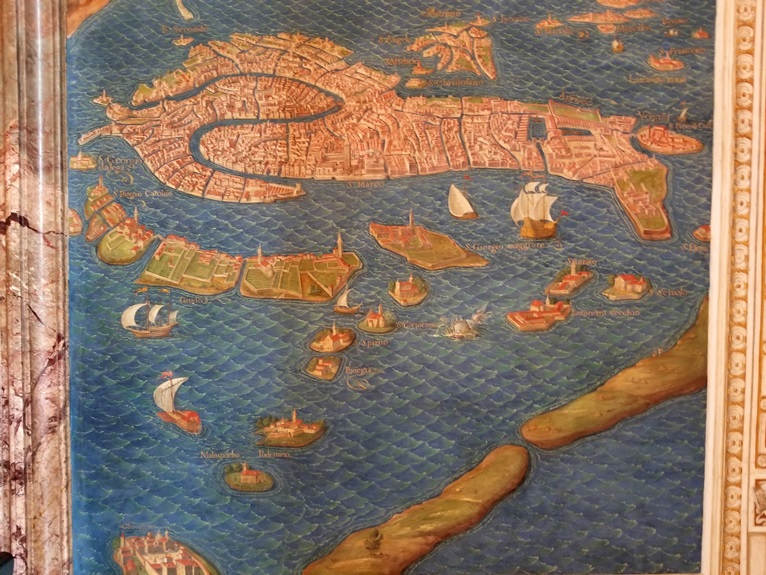
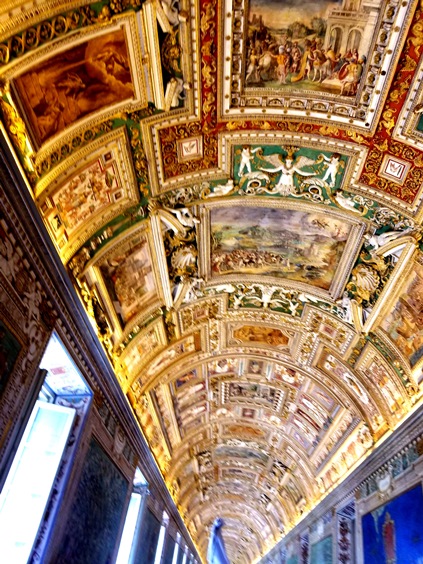
A visit to St. Peter’s Basilica is a must. Don’t miss Michelangelo’s La Pieta now housed behind bulletproof glass since it was damaged in 1972 by a deranged man wielding a hammer who claimed to be Jesus Christ.
The Sistine Chapel painted by Michelangelo is exquisite. Reserve in advance, visit early or late in the day and preferably in winter. In high season it’s wall to wall tourists, and the atmosphere is suffocating. Note: No photography allowed.
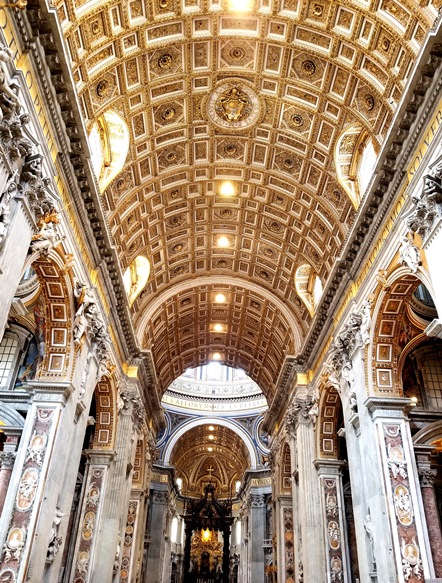
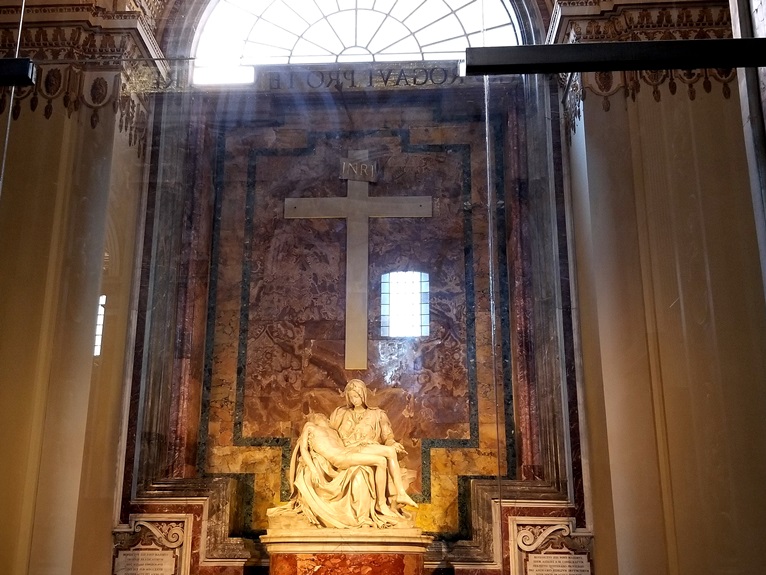
The Pantheon – completed during the reign of Emperor Hadrian in 120 AD, was subsequently converted into a church in 609 AD. It is the best preserved building from ancient Rome having never sustained damage. It has survived barbarian raids, wars, and weather. The giant dome is pierced by an oculus which suffuses the interior with soothing natural light. For centuries, people have been awed by its unique aura and uncluttered elegance.
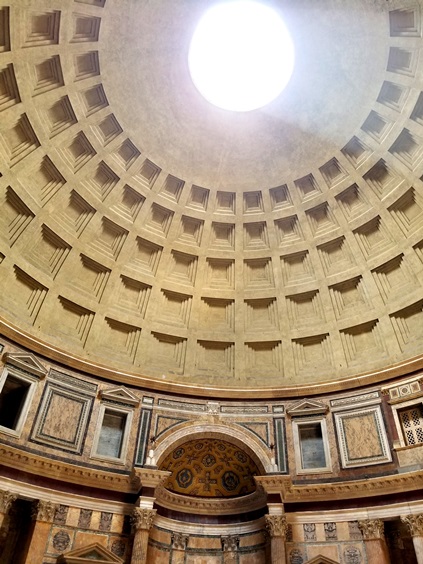
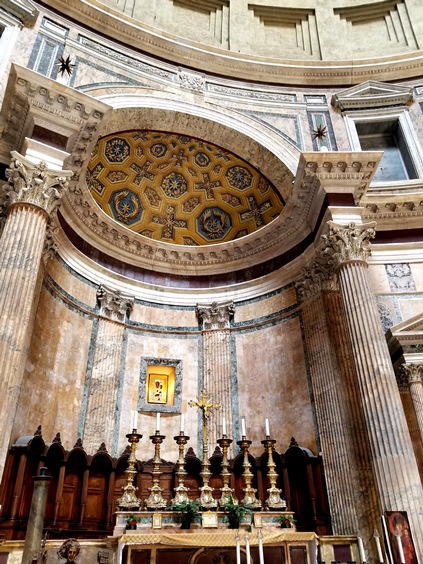
La Fontana di Trevi – is Rome’s largest fountain and perhaps the most beloved. The word trevi derives from ‘tre vie’ – meaning, the point where three streets meet. Since the Trevi Fountain was featured in the 1954 movie “Three Coins In The Fountain,” (starring among others Dorothy McGuire, Jean Peters, Clifton Webb, Louis Jordan and Maggie McNamara) it has been customary to toss a coin into the fountain over one’s left shoulder, while simultaneously making a wish.
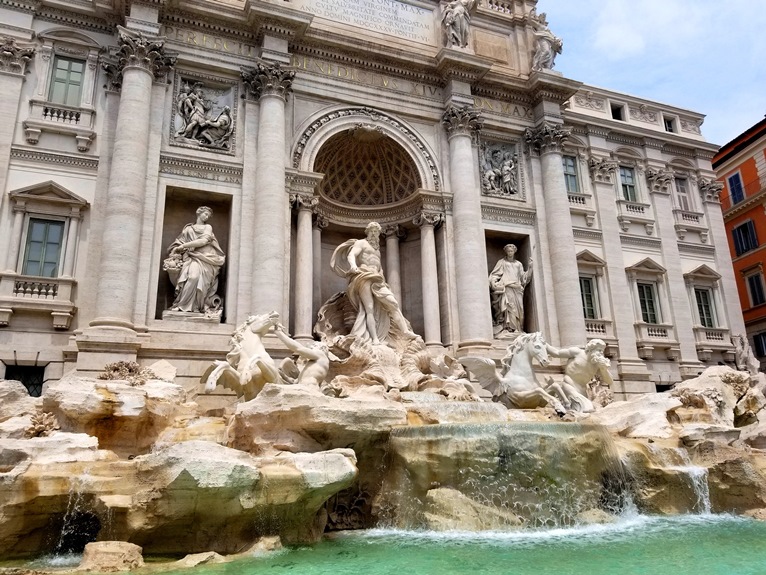
The Spanish Steps – Rome’s iconic, romantic, Baroque style landmark, consists of steps and terraces, both curved and straight which connect the Piazza Trinita dei Monti above, to the Piazza di Spagna below. It’s a place to congregate; people watch and soak up the atmosphere and vistas. In Piazza di Spagna, the Baroque Fontana della Barcaccia (Fountain of The Longboat) attributed to Pietro Bernini, father of the famous Italian sculptor Gian Lorenzo Bernini, commemorates the great flood of the river Tiber on Christmas day in 1598 when Rome was flooded, and the only means of transport was by boat.
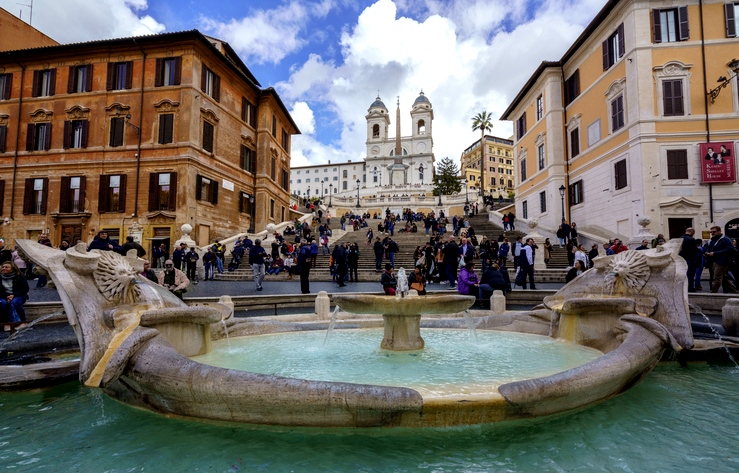
Deviate off the main thoroughfares onto narrow side streets and savor the flavor of Rome where you’ll come across fabulous boutiques, bakeries, miniscule piazzas, and trattorias.
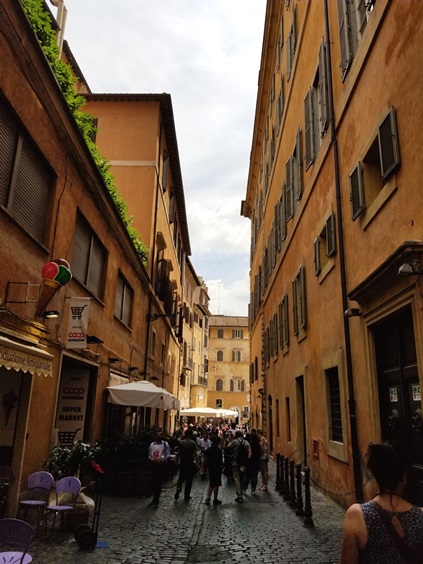
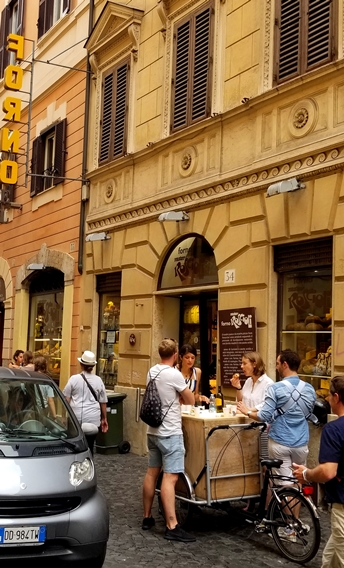
Settle into an outdoor restaurant to enjoy the Roman cuisine, linger over a lengthy lunch, and imbibe the vibe.
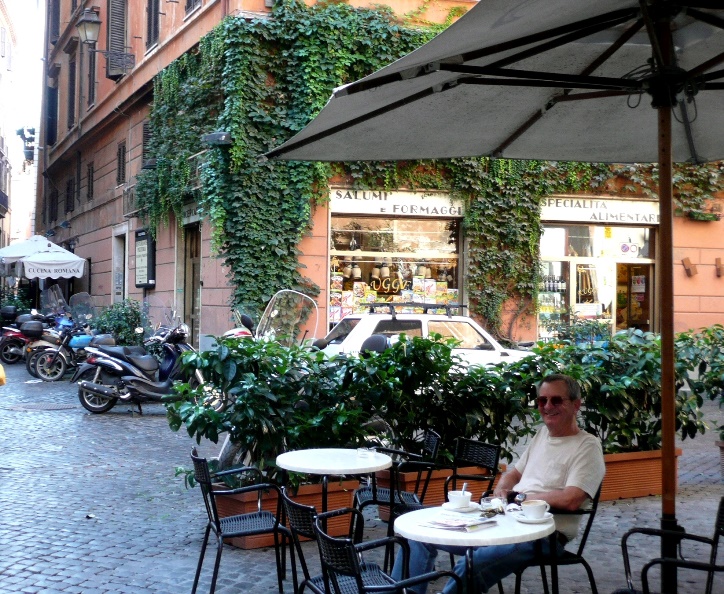
Explore the city’s plethora of piazzas, and be entertained by creative street performers, artists, and musicians.
